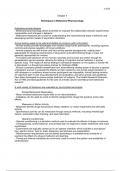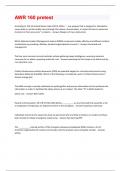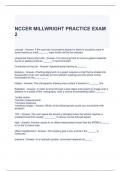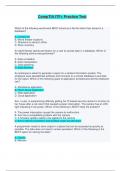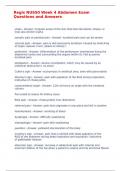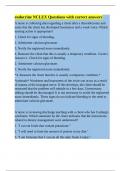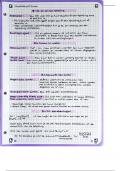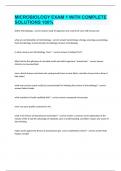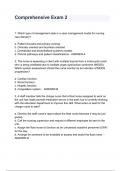College aantekeningen
Chapter 4 Techniques in Behavioral Pharmacology
- Vak
- Instelling
Chapter 4 of the document "Techniques in Behavioral Pharmacology" focuses on various methodologies utilized to evaluate animal behaviour in the context of behavioural pharmacology. The chapter emphasizes the importance of animal studies for understanding the neurochemical basis of behaviour and dev...
[Meer zien]
